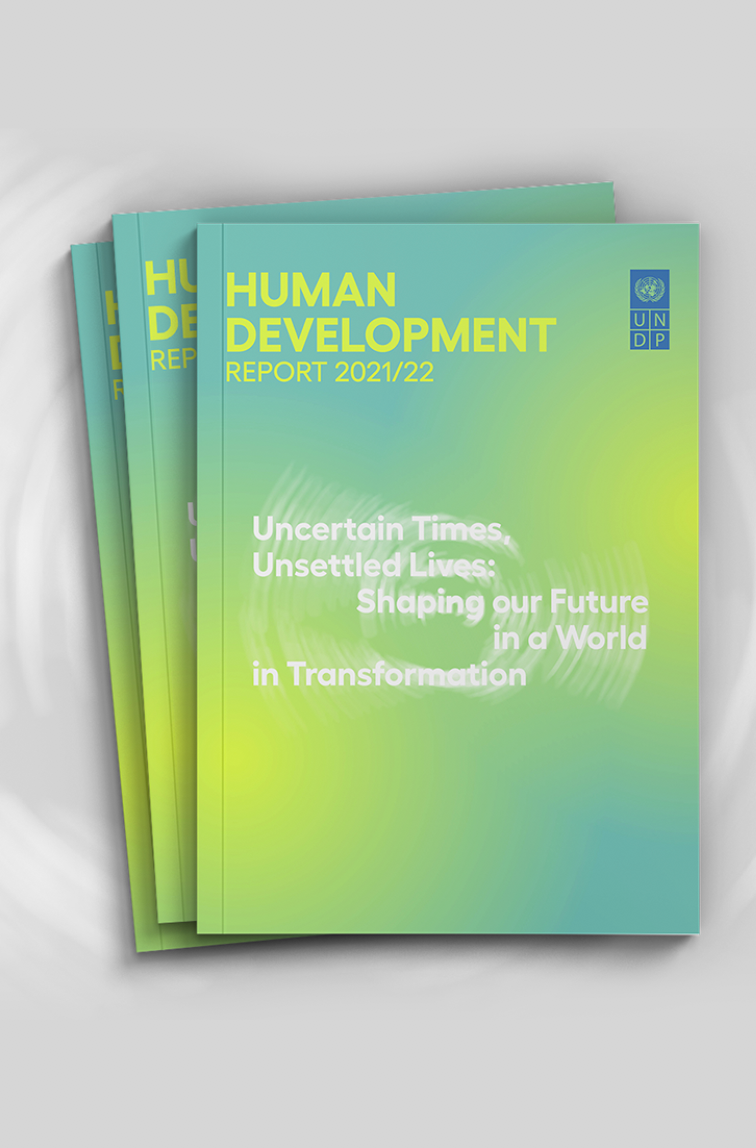Regulatory Framework to Promote Energy Efficiency in Countries of the Eurasian Economic Union
Background
Total energy consumption in the Eurasian Economic Union (EEU) countries makes about 130 billion kWh per year. The energy consumption from lighting, household appliances and buildings’ engineering equipment makes about 39 billion kWh per year. According to the economic growth scenario of 2-3% per year, the energy consumption in the EEU countries can increase from 130 billion kWh per year in 2017 to 150 billion kWh per year in 2030. The transfer and application of energy efficient technologies can result in almost 40% reduced energy consumption, equal to 15.6 billion kWh per year which, in turn, corresponds to about 9 million tons of CO2 equivalent emissions per year. The realization of this potential will lead to stable economic growth without significant increase in generation capacities: as such, 50% of the existing potential can be achieved by 2030 due to introduction of modern standards of energy efficiency.
Objective
The overarching goal of the regional project is to reduce emissions of greenhouse gases by promoting energy efficiency in the countries of the Eurasian Economic Union, namely: Armenia, Belarus, Kazakhstan and Kyrgyzstan. The project aims to strengthen the national systems for standardization of energy efficient appliances through facilitating harmonization of test procedures, standards and labels among EEU countries. The project will focus largely on capacity development and assisting governments, standardization institutions, manufacturing, distributing, retail, consumer and environmental stakeholders in the EEU region to implement the most cost-effective energy efficiency measures available.
Components
The project budget is planned to cover country components for Armenia and Kyrgyzstan, as well as the regional component for all four participating countries, to ensure the following outputs:
- Development and introduction of modern standards on energy efficiency for lighting, household appliances and engineering equipment of buildings.
- Establishment of laboratories’ testing system and implementation of measures to protect the market from low efficiency equipment.
- Awareness raising in consumers market on options and benefits of energy efficient technologies, and assessment of greenhouse gas emissions reduction.
Projected Impact
The project goal is to achieve 20% of the energy saving potential in the amount of 3.1 billion kWh/ year after the completion of the Project through changing the energy efficiency market requirements. Is expected that by the end of the project at least 50% of the devices and equipment represented in the market will possess the parameters set in the Minimum Energy Performance Standards (MEPS).
Beneficiaries
Consumers using energy appliances, including households and commercial sector, as well as private sector involved in the production and application of energy efficiency standards in their operations, are among project beneficiaries. The project results will positively contribute to the fulfillment of commitments undertaken by the governments of participating countries under the UN Framework Convention on Climate Change and the Paris Agreement.

 Locations
Locations











